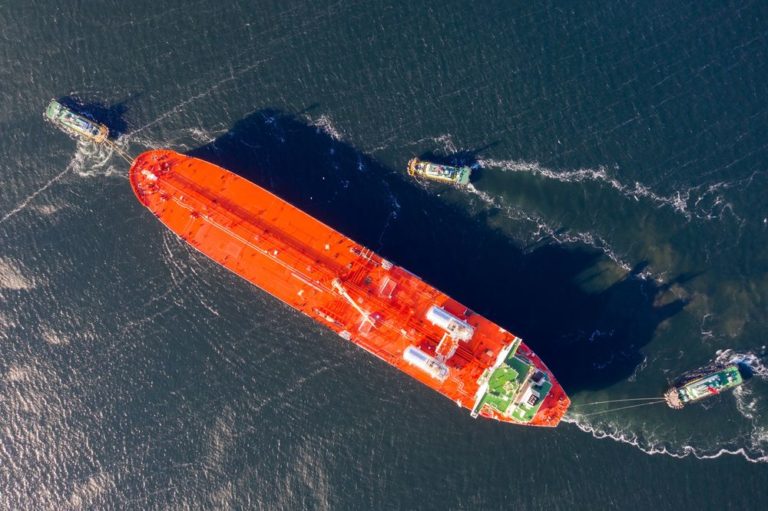LNG Ships Are Turning Away From Europe’s Gloomy Gas Market

A tanker traveling from the Arctic region to Belgium with a cargo of Russian liquefied natural gas was instead sent to Israel at the last moment.
The British Diamond changed destination just before arriving, indicating how quickly natural gas traders need to act in a market where healthy inventories and supply have sapped prices to near their lowest in almost a decade. It may well be a sign of things to come for the rest of the summer, as the Asian benchmark Japan-Korea marker widens its premium to its European Title Transfer Facility counterpart and Middle East demand for cooling increases.
“You can see room for more diversions. It’s hard to believe JKM will strengthen any time soon, but TTF could weaken further as European stocks are full,” said Jean-Christian Heintz, head of LNG broking at SCB Brokers SA in Nyon, Switzerland. “It might rapidly become more attractive for cargoes to go to India and southeast Asia — they could be good opportunistic buyers in coming weeks.”
Two other tankers with gas from Russia’s Yamal LNG project have gone on month-long journeys to China rather than stop in Europe in recent weeks. That’s not surprising as even a heatwave last week was unable to prevent the rapid refilling of storage sites, which are 74% full, about 17 percentage points above their five-year average.
“If the demand-side response is not enough, prices will then need to fall to the point where either more power demand appears, or supply starts to be choked off,” Energy Aspects said in a note. “Either way, that would mean prices moving downwards from current levels.”
As European inventories are filling rapidly, traders may start looking at filling underground storage in the U.S. or choose to float cargoes on the water, according to Energy Aspects. The latter is looking attractive as prices for months later in the year are higher than for next month, known as a contango.
And the demand for power generation may also be limited. Even with natural gas becoming cheaper in the region than lignite for the first time ever, increased generation from renewables will probably curb the extra European demand, according to BloombergNE.
U.S. LNG cargoes may also prefer to go to Asia, supported by a wider inter-basin freight differential. With increasing volumes from new plants in the U.S. and Russia and a premium required to return empty ships after unloading in Asia, west of Suez shipping rates are higher.
One Yamal cargo is taking this season’s first voyage from Siberia via the Northern Sea Route to Asia, while transshipments of the project’s cargoes in northwestern European ports are also on the rise.
The question remains whether a few cargoes being sent to Asia rather than unloaded in the oversupplied European market will relieve the glut. Record LNG deliveries flooded liquid northwestern European markets in March and April, and while the wave has since subsided, shipments remain strong.
“At a certain point the market should regulate itself, if you see some supply going to Asia, it should help rebalance,” Heintz said. “Storages are so full that just a few cargoes less may not be enough to change the picture.”